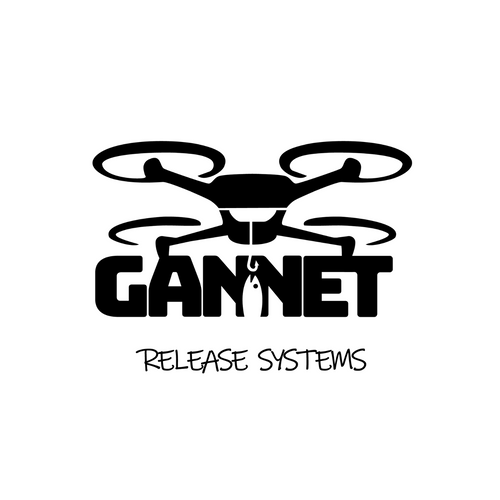What is drone fishing?
Imagine you are on a boat or seaside, fishing offshore for large species, and you need to deliver bait in exactly the right spot. Before you needed to drop it and motor away. Or you could balloon or kite it if the wind was right. Else, you were up to the mercy of your casting skills. Now there is a solution: drone fishing – where you can drop your line with precision wherever you want, limited only by battery life and line length. Casting half a kilometer from the boat or shore with pin-point accuracy? No problem!
Get a Drone
First off, you will need a drone, and the market is saturated with a wide range of drones in a wide price range. You will want a mid-range and upwards drone, beware of buying a cheap drone. There are many considerations for getting yourself a drone.

Learn to fly a drone
A step you do not want to skip. Before you go near the water, learn to fly your drone. Practice makes perfect. You want to spend your time fishing actually fishing, not bothering with your drone. And you want to get a “feel” for the downrigger rig or bait release you will need to drop your bait. Make adjustments to your rod, reel, and rig until you are confident you can do what needs doing. Your average fishing reel can hold about a thousand feet or 300 meters of line, so you need to make sure your drone can hold that weight for the distance.

Use your drone to scout
This is the big advantage of drones – you can see exactly what is going on where you are fishing. Good drones have 1080p - 4k cameras on them and will relay high-res images to your monitor, smartphone, or tablet. This will not only tell you where the fish are but also show you obstructions that can land you in a snag: tide-lines, seaweed, that old shoe you keep reeling in. but most importantly, if the water is clear, it will show you where baitfish among shoals, and if any of the larger fish you are going for is feeding. Takes all the guesswork out of casting a line.

Drop the bait.
Do not fly too low over the water. You are already a distance away to avoid spooking the fish with your boat, you do not want the fish to feel the vibrations of your drone propellers. Keep a distance of at least ten meters off the surface (We recommend more). If you see a prize fish, drop the bait ahead of if – or just drop it at your chosen spot and wait, old-school style. A tip: if your rig does not drop the bait, fly your drone back slowly to check for issues, do not reel it in.
You should be able to notice baitfish along weed lines, rocks and shoals and if larger fish are feeding on them. This prevents spooking the fish with your boat, but keep the drone about 30 feet/ 10 meters off the water to prevent fish from feeling any vibration from the noise of the propellers. If the drone is loaded with bait and you spot a fish, you can drop the bait ahead of it.

Flying and Landing
The latest drones can handle winds up to 15 knots, if not more (about 30 km/h), but should rather be avoided. Windy conditions eat battery life, and the last thing you want is for your expensive drone to go ocean-bound (Unless you have a Gannet Pro or Pro+) because of adverse conditions. (Recording video also diminishes battery life, so save the recording for when you really need it).
If you are launching and landing from a boat, it will be an almost impossible task – remember, you are also moving with the drift of the boat, and you are effectively trying to land a moving object on a moving object. A drone with longer landing legs is what you need, because instead of landing your drone, you will want to catch your drone, and catching it by the legs is both safer, easier, and less risk of damage to the drone. Hover your drone within reach, and grab it by the legs. Much simpler than attempting to land it. (Wear some work gloves, those propellers can nick you and that can hurt!) – once aboard, cut the power immediately, you do not want to waste precious battery life.

Legal drone flying
Keep it legal. You are there to enjoy yourself. You are not there to engage a hefty fine, or worse, confiscation. Check the legislation in your jurisdiction and stick to the rules. Keeping to the rules will make for a more pleasant fishing experience for everyone, and you can come home with the catch, instead of a lost drone.
Happy (drone) fishing!




